Panamanian Rosa Coffee (Geisha), which is better than Blue Mountain.
In the early years, the identification of top coffee mostly followed Japan, the king of coffee, the Blue Mountains of Jamaica and Kona, Hawaii, but with the continuous improvement of the standard of coffee-producing countries and the sharing of information, we were exposed to more high-quality coffee. This coffee bean Panama Rose Summer has become the new king of coffee in recent years.
Introduction of Geisha varieties:
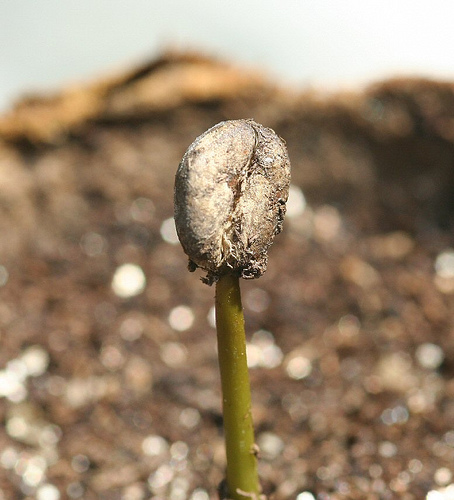
The species of Geisha was discovered in the Rose Summer Forest of Ethiopia in 1931 and sent to the Coffee Institute in Kenya; it was introduced to Uganda and Tanzania in 1936, in Costa Rica in 1953, and Panama was introduced in the 1970s by Francesca of Dongba Seven Farm Garden. Mr. Serraxin got seeds from CATIE, Costa Rica, and started growing Rosa Coffee.
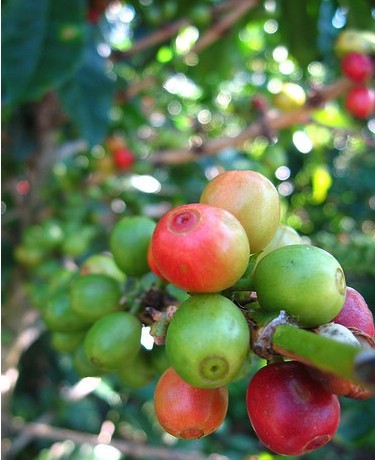
Geisha, sweeping the coffee world with the power of a hurricane, the coffee revolution is so fierce that the blue mountains of Jamaica and Kona of Hawaii, which have long occupied the throne of the coffee kingdom, have to stay away. This wild species, which originated in Ethiopia, is now widely used in major coffee producing areas after numerous battles, and its best spokesman is the "LaEsmeralda" estate from Panama.
The history of Esmeralda Farm:
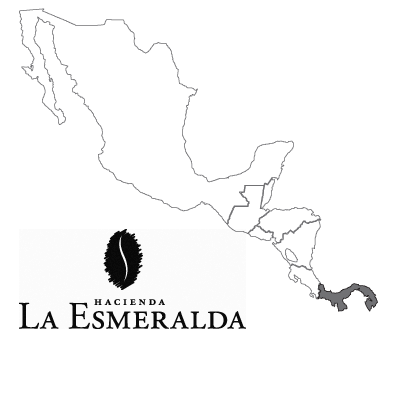
Haines, a Swede, in 1924. Elliott founded Esmeralda Farm, which was not a coffee grower but a ranch. Forty years later, Daniel Lou in 1964. Mr. Bidarson's grandfather, Luther Ruffer. Mr. Bidarson bought Esmeralda Farm in order to have an old home after retirement, grandfather Luthor. Mr. Bidasson was born in Sweden and was president of the Bank of America and director of United Nations Development.
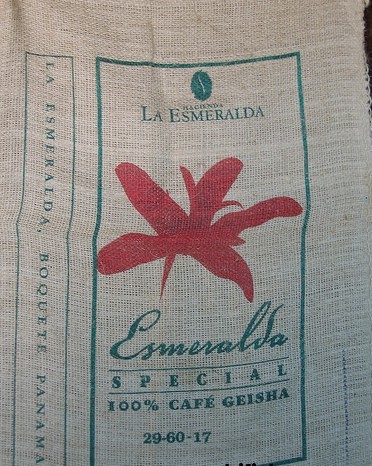
His son, Mr. Bradesson, moved to Panama from California in 1973 and inherited his father's farm. He changed most of the farm to grow coffee in 1987 and invested in the machinery and equipment of refined coffee to start the brand in 1994. Brais. While Mr. Bidarson and his wife Susan started a formal business on the coffee farm, they also raised three children, Elligo (born in Philadelphia in 1966), Rachel (born in Sweden in 1967) and Danielu (born in Panama in 1974).
In 1996, Blaise and Rachel visited a farm for sale in the Haramijun area of the Bocketi Valley, and was attracted by the beautiful farm and immediately bought it. This is Esmeralda. Daniel Lou, the third son of Haramiqiong Farm. It is in this farm that Mr. Bidasson has grown Geisha coffee that attracts the attention of the coffee world.
The pronunciation of Geisha is the same as Japanese geisha, so it is also called geisha coffee. Because the tree species are taller than ordinary coffee trees, they are originally planted in a small area of the manor and are used as windbreaks. In order to take part in the annual competition for the best coffee in Panama, the son of the manor owner searched all the coffee trees in the manor for testing, so that Geisha had a chance to appear on the stage. Since then, he has also participated in various world coffee competitions, winning a total of 11 championships.
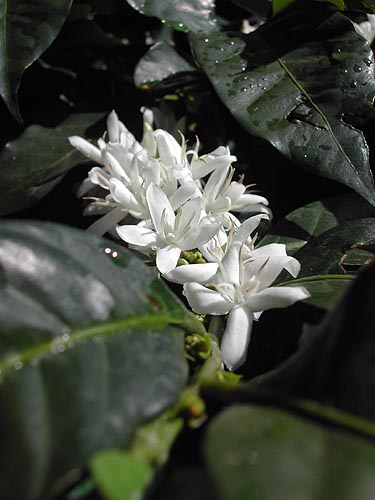
-Champion: BestofPanama (2004, 2005, 2006, 2007)
-Champion: SCAARoastersGuildCuppingPavilion (2005, 2006, 2007)
-Champion: RainforestAllianceCuppingforQuality (2004, 2006, 2007, 2008)
With such excellent results, Geisha is as brilliant as a green diamond, and it is also deeply recognized in the international coffee bidding market, repeatedly setting high price records.
-BestofPanama2004Auction:21 USD / lb
-BestofPanama2005Auction:20 USD / lb
-BestofPanama2006Auction:50 USD / lb
-BestofPanama2007Auction:130 USD / lb
In the following two years of 2008 and 2009, Esmeralda held its first single manor bidding activity, classifying the products in Esmeralda Manor by harvest area or time, and opened them directly to buyers from all over the world to bid. The highest auction price in 2008 / 09 once again broke the US $100 mark!
-EsmeraldaSpecial2008Auction:105 USD / lb
-EsmeraldaSpecial2009Auction:117 USD / lb
Real patting of raw beans
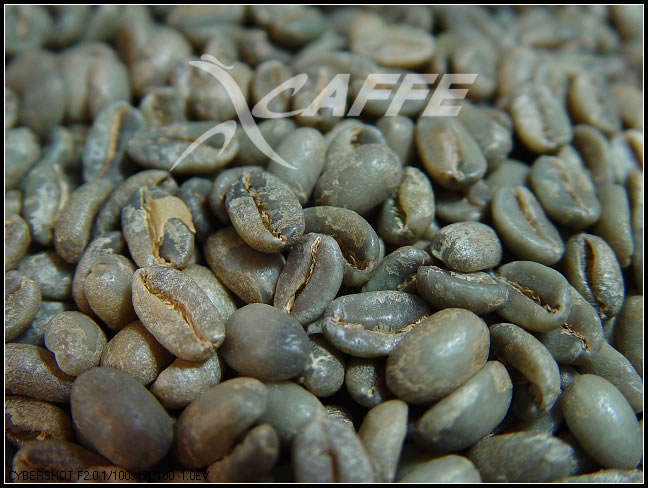
Very beautiful turquoise, jade-like warm texture
It smells of fresh grass, peach, berries and oolong tea that most coffee beans don't have. today, when Taiwanese friends came to taste it, they said that they called it the unique milky sweetness of tea. It seems that the aroma and taste of this kind of things need to be associated with each other, but we can obviously feel the faint smell of tea.
In order to highlight the characteristics and aroma of this bean, the baking degree is on the verge of second explosion, and the second explosion and one sound are also my more commonly used baking degrees. as mentioned earlier, it can give play to the characteristics of the bean itself, and if it is too shallow, it will produce miscellaneous smell. if it is too deep, it will lose the aroma of flowers and fruit acid. of course, this should be adjusted according to the characteristics of coffee beans and the roaster's understanding of the beans themselves.
Real photos of cooked beans
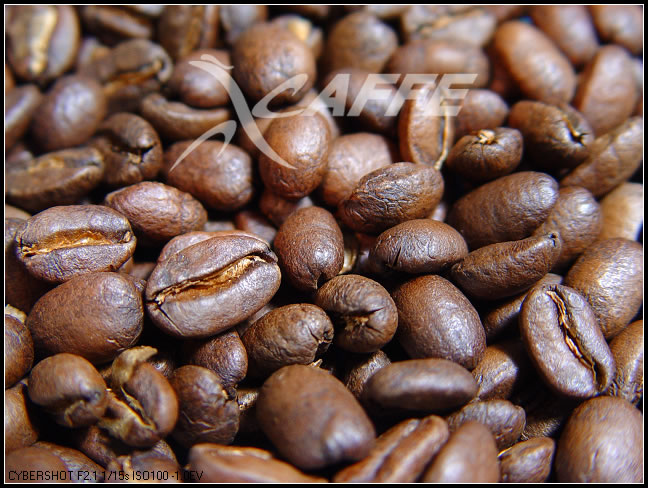
I generally call this "sexy fold", most of the beans with this fold are to highlight their original taste and fruit acid, but if the quality of the raw bean itself is not high, it will produce some miscellaneous flavors, such as rotten soil, grass and dry taste. these flavors should be avoided as far as possible.
The roasted rose has charming lemon and citrus aromas and super sweet honey cream flavors.
Because there are many utensils on hand, so a variety of brewing methods are used to facilitate a more comprehensive understanding of this bean.
Use hand flush to extract Rosa Coffee (Geisha):
Powder quantity 30g
The water temperature is 85 degrees.
Extraction amount: 300cc
Grinding tool: big flying eagle (ghost tooth cutter head)
Grinding scale: 3.5 (the same brand type of bean mill may not be the same, the scale is for reference only)
Tool genre: V60 tapered ceramic filter cup, unbleached filter paper, long mouth and thin mouth hand punching pot with thermometer
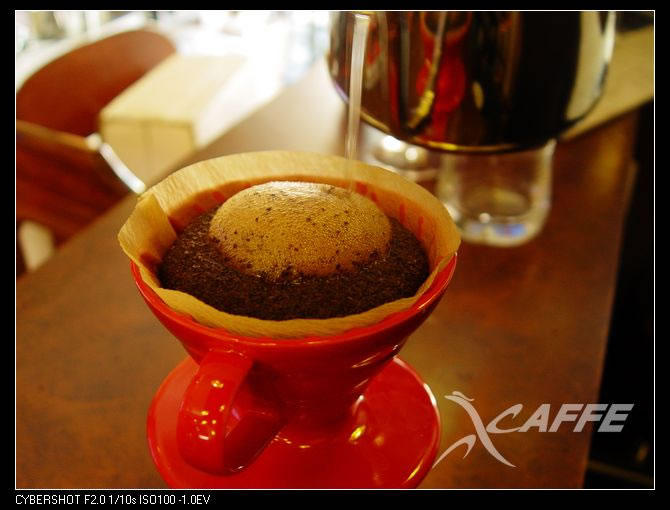
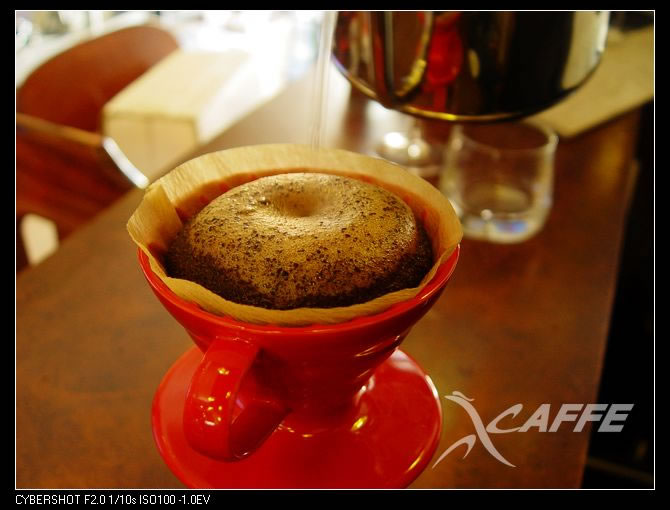
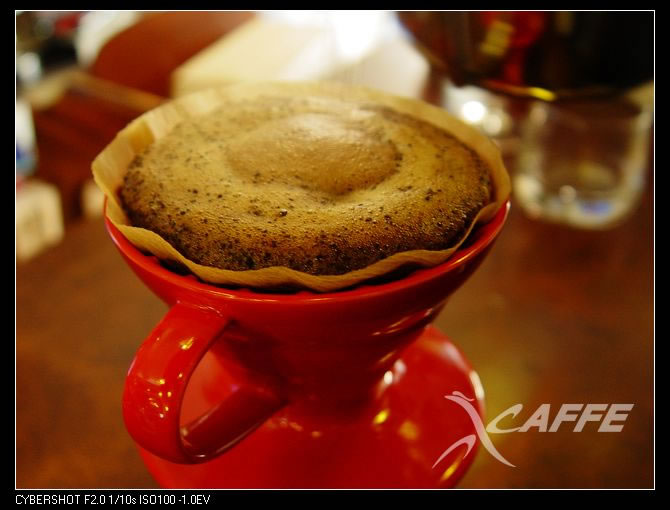
Taste: probably because of Ethiopian beans, just a little bit of Yega Xuefei feeling, but suddenly there is a strong fruit acid, and then a large number of aromas such as flower aroma, spice, cinnamon, peppermint and other aromas emerge and rush into the nasal cavity, the tension of the aroma is very strong and vigorous, the rhythm is far-reaching, the taste is layered, and the aftertaste is endless. Maybe I use too many rhetorical words, but it is true. I was a little picky when I drank fine coffee such as Blue Mountain, Kona, civet and so on. I complained to my friends at this time last year. I haven't had any beans that I feel amazing for a long time, and this cup of summer is enough to move a coffee glutton.
Then there is siphon extraction of Rosa Coffee (Geisha):
Powder content 25g
Extraction amount: 320cc
Grinding tool: big flying eagle
Grinding scale 3 (because the filter paper is used instead of the conventional filter cloth grinding powder, the greatest advantage of using filter paper is that it will not taste because it is used repeatedly)
Water temperature: about 92 (siphon water temperature is not particularly stable temperature for reference only)
Siphon pot brand: Japanese hario3
Extraction time: 40 seconds
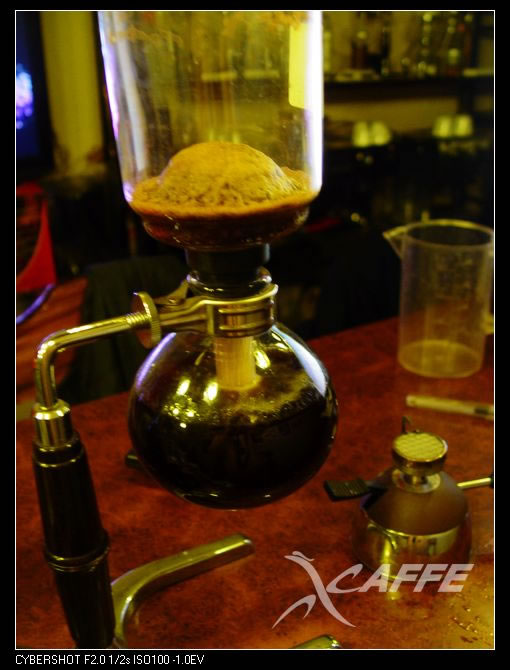
In the process of cooking, the whole room is filled with a strong aroma, the sweet taste of maltose is more prominent, and the acid and aroma are more concentrated and concentrated, but the tension and level are not as far-reaching as those made by hands, and the flavor appears to be more compact. I feel that this bean tastes good when using a siphon pot, but the effect is general.
Use a French press to make Rosa Coffee (Geisha):
Powder content: 30g
Extraction amount: 350cc
Soaking time: 1 minute
Water temperature: 88 degrees
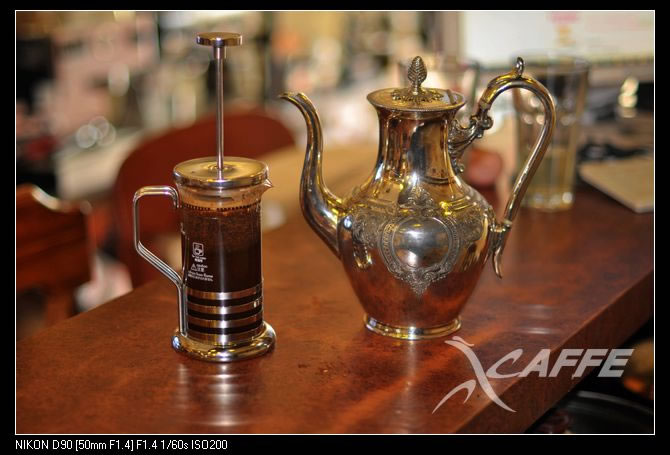
By the way, Bird's French pressure kettle looks like a Japanese hario, but Bird pioneered the modification of the core filter screen.
Using Swiss gold modified (most coffee players know that Swiss gold is a very good filter) it seems a pity to cut good Swiss gold into a filter, but the taste can be greatly improved as a player why not do it! The silver pot next to it belongs to the British old Sheffield and was bought by the British grocery store. It should also have a history of more than a hundred years. I would like to introduce it by the way if you think it is very beautiful.
Take a look at the modified filter net bar which is golden.
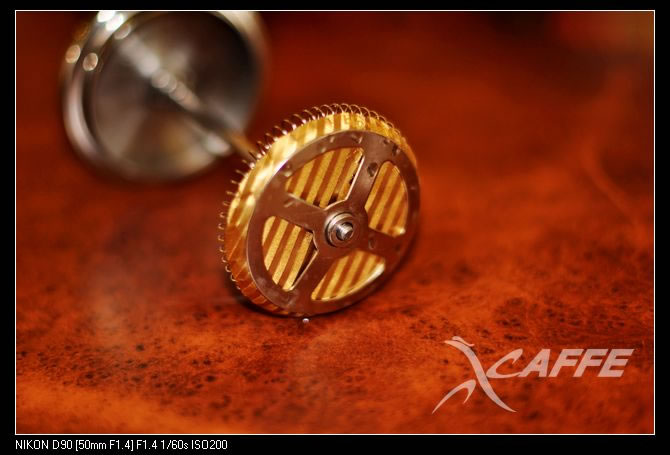
Taste: I have always thought that French pressure is more suitable for beans with rich taste and low style, such as Mantenin, because in most cases, the taste will be a little "boring".
But brewing rose summer got quite bright acidity, the whole acidity is very high, there is no low feeling, but there is a strong sweetness, the aftertaste is very long with strong cocoa aroma, which is not a small surprise. There is still a lack of tension in the aroma, but strong enough is a unique style.
Use Philharmonic pressure to extract Rosa Coffee (Geisha):
Powder content: 15g
Extraction amount: 160cc
Soaking time: 30 seconds
Water temperature: 85 degrees
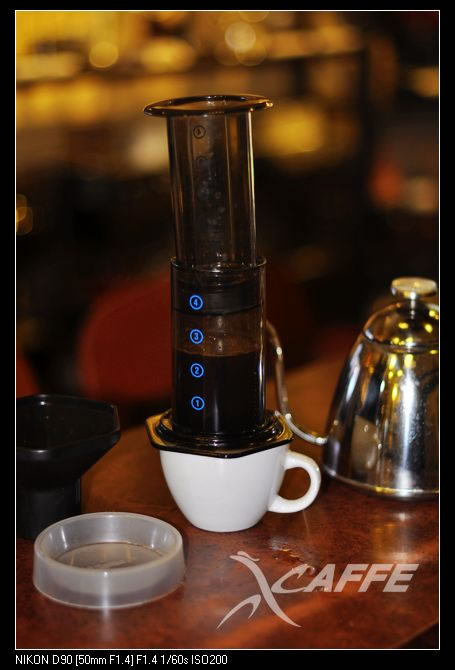
Palate: the effect is very good, bright and balanced, the aroma has a strong sense of space, displayed layer upon layer, floral aroma, peppermint sweet and fruit acid have not been lost at all. Here, my personal favorite extraction method for this bean is hand flushing and Philharmonic pressure, followed by pressure, siphon row last, because the latter aroma and complexity is too tight, did not give full play to the advantages and characteristics of beans. Of course, taste preferences like you like scrambled eggs and I like boiled eggs vary from person to person, can not be imposed on others, personal taste is only for your reference.
I am very satisfied with the new king of this boutique coffee. As for what kind of feeling it can bring you, you can only know by drinking it.
Important Notice :
前街咖啡 FrontStreet Coffee has moved to new addredd:
FrontStreet Coffee Address: 315,Donghua East Road,GuangZhou
Tel:020 38364473
- Prev
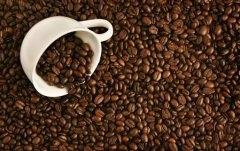
Brazilian Santos: a Hermit in the Coffee Kingdom
Origin: Brazilian grade: good granule: relatively full acidity: slight acid uniformity: stable roasting: low to deep flavor: neutral beans, low acid, smooth and round Brazil grows Arabica and Robusta coffee, but mainly Arabica coffee, mostly dried. There are about 3.97 billion coffee trees in Brazil, and the number of people engaged in coffee production is elder brother
- Next
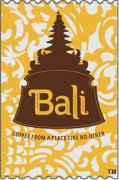
Starbucks Bali Coffee: coffee from a single producing area in Bali
Bali Coffee Bali Coffee Coffee growing area: Asia / Pacific Coffee species: full-bodied Coffee description: this coffee from the single producing area of Bali is full-bodied with subtle herbal and dark chocolate flavours. Processing method: washing with taste: herbs, spices, chocolate this is Starbucks' first coffee bean from a single producing area in Bali. Bali
Related
- Detailed explanation of Jadeite planting Land in Panamanian Jadeite Manor introduction to the grading system of Jadeite competitive bidding, Red bid, Green bid and Rose Summer
- Story of Coffee planting in Brenka region of Costa Rica Stonehenge Manor anaerobic heavy honey treatment of flavor mouth
- What's on the barrel of Blue Mountain Coffee beans?
- Can American coffee also pull flowers? How to use hot American style to pull out a good-looking pattern?
- Can you make a cold extract with coffee beans? What is the right proportion for cold-extracted coffee formula?
- Indonesian PWN Gold Mandrine Coffee Origin Features Flavor How to Chong? Mandolin coffee is American.
- A brief introduction to the flavor characteristics of Brazilian yellow bourbon coffee beans
- What is the effect of different water quality on the flavor of cold-extracted coffee? What kind of water is best for brewing coffee?
- Why do you think of Rose Summer whenever you mention Panamanian coffee?
- Introduction to the characteristics of authentic blue mountain coffee bean producing areas? What is the CIB Coffee Authority in Jamaica?

